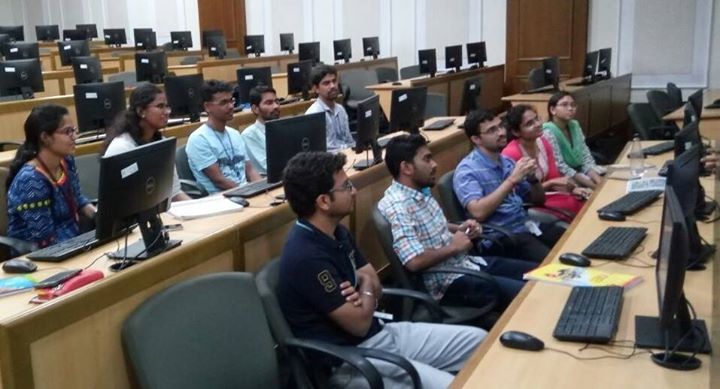VLSI mainly consists of back-end design as well as front-end design at the present times. Although front-end design does involve digital design making use of HDL, the design is drawn from gates plus design meant for testability, design verification by simulation as well as various other techniques of verification whereas back-end design involves the design of CMOS library and its description. It encompasses the fault simulation as well as the physical design.
Though simple logic gates shall be taken as multiplexes and also SSI devices plus parity encoders just like MSI, the entire world of VLSI tends to be very varied. Usually, the whole of the design process entails a stepwise approach wherein every step of design must be followed by simulation prior to really being placed over the hardware or shifting towards another step. The prime steps of design are dissimilar levels of abstractions related to the device jointly. It is necessary to join top VLSI internship in Bangalore to be familiar with all these techniques. Below are given a few steps:

Problem Specification
It constitutes a representation pertaining to the system of high-level nature. The main parameters taken into account at this level can be design techniques, fabrication technology, physical dimensions, functionality, and performance. It can be said to be a kind of transaction amid market needs, the technology at disposal, and the economic feasibility related to the design. The end specifications encompass characteristics such as power, size, speed, and functionality found in the VLSI system.
Architecture Definition
Fundamental specifications such as floating point units, the choice to utilize system just as reduced instruction set computer – RISC and also a complex instruction set computer – CISC, also a number of ALU’s size, etc.
Functional Design
It does classify the main functional units found in the system and therefore promotes the identification appropriate to interconnected needs amid units, the electric as well as the physical specifications of every unit. A kind of block diagram may be agreed on having the figures of timing, outputs, and inputs agreed on with no details relating to the internal structure.
Logic Design
The real logic must be developed in this step. Boolean expressions, register allocation, word width, control flow, etc. shall have to be developed, and thus the result obtained is referred to as RTL– register transfer level sort of description. This portion is introduced either by way of hardware descriptive languages such as VHDL along with, or Verilog. To discover the extremely simple or maybe the tiniest efficient implementation related to the logic, gate minimization techniques can be brought in use. Such techniques must be introduced to Best Institute for VLSI training in Bangalore so that the aspirants can learn them well and execute in practical life.
Circuit Design
Even as the logic design is capable of offering the easy implementation pertaining to the logic, now it is the realization relating to the circuit in the shape of the net-list shall be completed within this stage. Interconnects, gates, and transistors must be positioned at a proper place so that netlist can be made.
